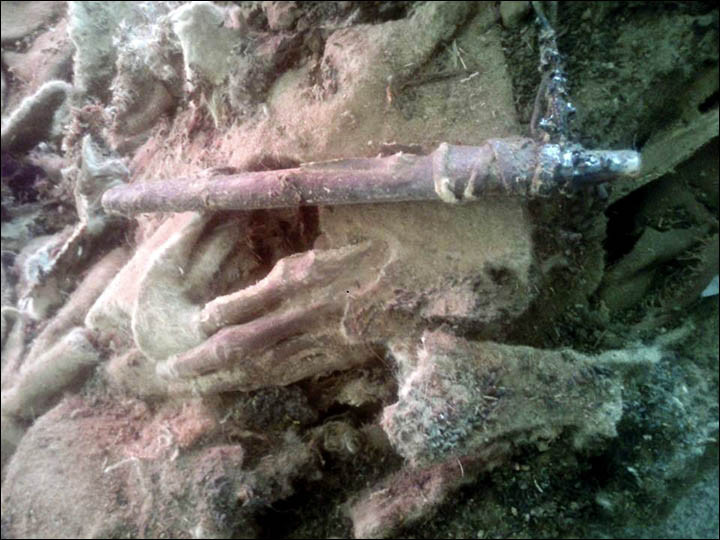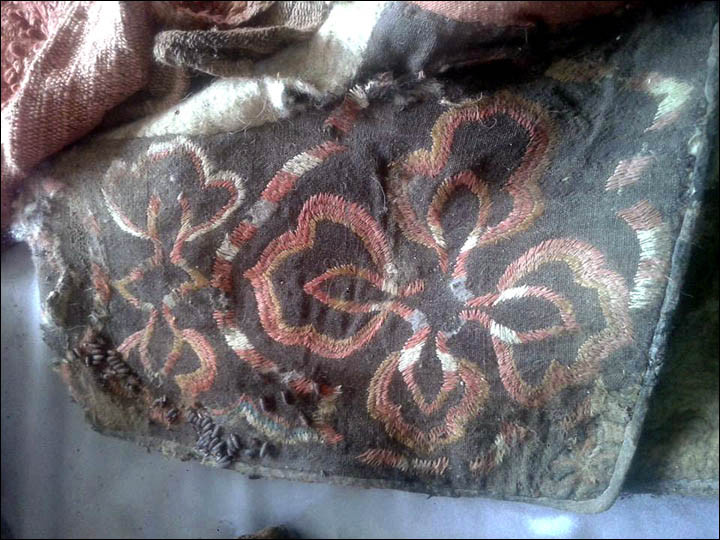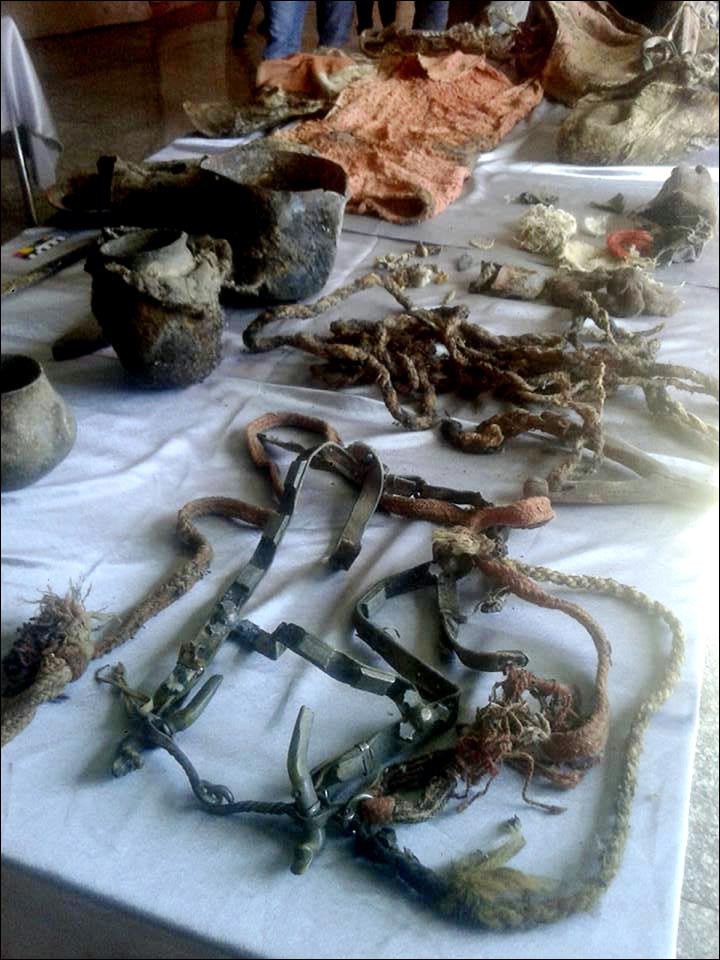Ancient mummy discovered in Mongolia's Altai Mountains is first complete Turkik burial
An ancient and well-preserved mummy has been discovered in Mongolia's Altai Mountains. The grave is believed to be the first complete Turkik burial ever found in Mongolia, possibly even Central Asia.
Researchers at Khovd Museum unearthed the mummy and a selection of grave goods at an altitude of around 2,800 metres. The mummy, believed to be a woman, was found wrapped in felt and placed alongside an entire horse, a saddle, bridle, clothes, a clay vase, an iron kettle and a wooden bowl.

It is thought the woman is of Turkik origin. The first Turkik people lived in an area from Central Asia to Siberia from around 600 BC.
B.Sukhbaatar, a researcher from Khovd Museum, told the Siberian Times: "It is the first complete Turkik burial at least in Mongolia - and probably in all Central Asia. This is a very rare phenomenon. These finds show us the beliefs and rituals of Turkiks.

"We can see clearly that the horse was deliberately sacrificed. It was a mare, between four and eight years old. Four coats we found were made of cotton."
Along with the other grave goods (which were placed there to be used by the deceased in the afterlife), excavators also found pillows, goat bones and a sheep's head and travel pack that were placed on the back of a sheep.

Sukhbaatar continued: "This person was not from elite, and we believe it was likely a woman, because there is no bow in the tomb... An interesting thing we found is that not only sheep wool was used, but also camel wool. We can date the burial by the things we have found there, also the type of hat. It gives us a preliminary date of around the 6th century AD."
The grave was three metres underground and experts believe the cool temperatures helped preserve the contents. The team now plans to study the grave and its contents to get a better understanding of ancient Turks in Mongolia.
"The finds show us that these people were very skilled craftsmen. Given that this was the grave of a simple person, we understand that craft skills were rather well developed," Sukhbaatar said. "Now we are carefully unwrapping the body and once this is complete the specialists will be able to say more precisely about the gender."

© Copyright IBTimes 2025. All rights reserved.






















